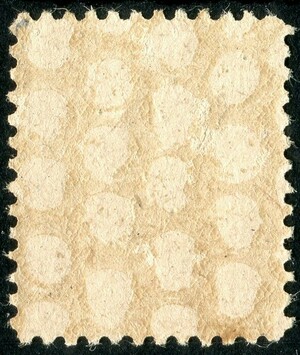1945 CHAOS & ADVERSITY

Germany officially surrendered 8 May 1945 and the borders of the four Zones were created by the Berlin Declaration of 5 June 1945.
The move from military occupation to civilian administration was patchy and slow.
Loss of territory : All territories occupied in WWII were no longer part of Germany, equally East Prussia became part of Poland or Russia. At one stage, 25% of the Russian Zone consisted of homeless refugees arriving from the East, returning from captivity, or expelled due to denazification processes in East Europe. Consequently, huge shortages of housing and essentials of life, especially in the Soviet Zone.
"Wiederaufbau" : This was a frequent slogan on stamps of this period. Reconstruction in the Western Zones was helped by massive investment under the Marshall Plan. In the Soviet Zone, initially there was a stronger element of revenge rather than reconstruction, in view of the atrocities suffered in the East under German occupation and the camps. It is estimated that 30% of industrial equipment and even entire factories were removed by the Russians as reparations. Reconstruction had to be found somehow from what remained.
Poor materials and poor printing : For the "M" series of theAm/Br Zones, the stamps were printed in Washington and London. However, various paper types and an array of perforation dimensions can be found. The French Zone issues were printed in France, again, different paper types were used and the photo-litho process produced many variations for the specialist. In the Russian Zone, paper supplies were a big problem, often using cheap newspaper style paper, or once in a while small supplies of quality surfaced art paper unearthed from a back room for small print runs. This was particularly true for the early Local issues in the Soviet Zone (see Michel), also for the Regional issues of the Soviet Zone too. Mecklenburg-Pommern, the poorest and rather agricultural area on the Baltic coast, has a rich field of varieties, errors, paper differences, missing perforations. If this style of collecting intrigues, it is really worth investing in the Michel Specialised catalogue for their extensive listings of varieties and complications loved by "technical" collectors.
Spargummi : In the days before self-adhesives, "lickable" stamps were normal. However, the Soviet Zone had a major shortage of gum for stamps. Allegedly cans of gum were being stolen to eke out soup and sauces. The solution to saving gum was to punch the gum rollers with a pattern of round holes, thereby leaving less (but just enough) gum on each stamp. These can be found on the stamps of Thuringen, also various of the Local Soviet zone issues. In practice it was hardly an economy : printing was slowed by coping with constantly clogged gum rollers, or the gum had to be applied thicker to ensure an adequate "stick".
Loss of identity : Initially, simple Numeral stamp designs were favoured, to avoid any resurgence of German nationalism. In East Saxony, the first postage stamp designed at Chemnitz contained the inscription in both German and Russian "POST /POSHTA". Protests halted production and therefore the offending Russian word was removed from the subsequent issued designs. Generally, former members of the Nazi party were not allowed to have office in administration or positions of power and influence. In the Western Zones, this was a discreet balancing act; in the Soviet Zone this was more strongly enforced.
Retention of identity : Despite efforts to restrain nationalist feelings, some traditional German personalities found a place on stamps of this period. Heinrich von Stephan (UPU), Schiller, Goethe, Liszt, Wieland (poet) had their portraits on stamps of this period, and Luther commemorated on a Wittenburg Local miniature sheet.
End of the Zones : The 1948 currency reform saw the integration of the three western zones and the exclusion of the Soviet Zone (later DDR). West Germany rapidly replaced the three zones. In the East in 1948 there was an rich field of local overprints for hundreds of towns within the ten regions of the Soviet Zone. These are known as the Bezirk currency reform overprints and some offers of these can be found in this list.
Tragedy and regrowth : the first three years of stamps of postwar Germany are technically very complex and interesting, but also are little icons for the tragedy and regrowth of Germany in its several different forms in 1945-1948.
John Barefoot
- Published
- 07/10/23 05:07:00 AM
